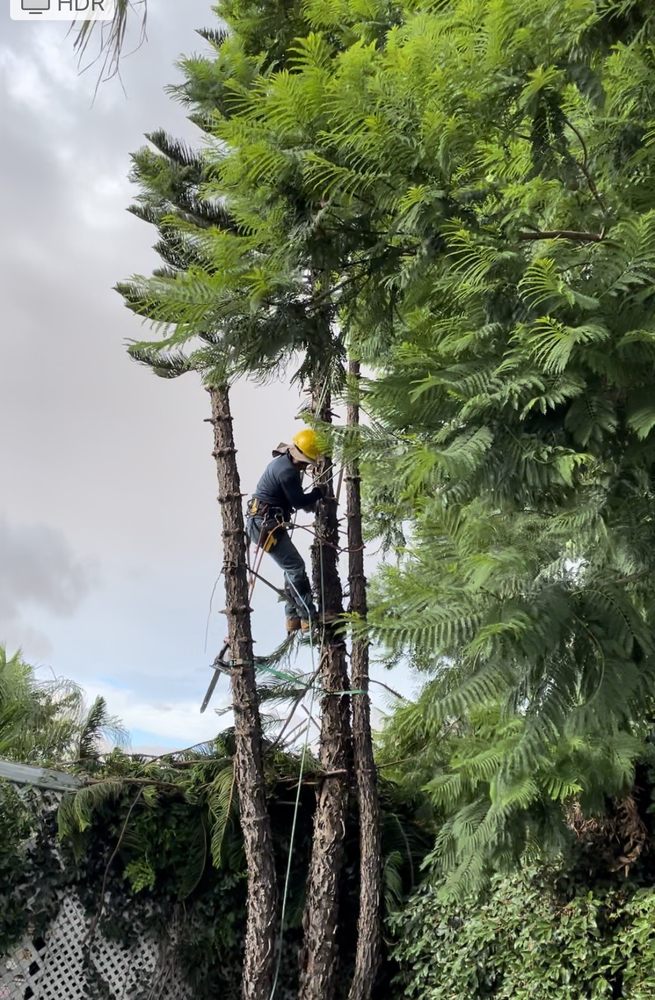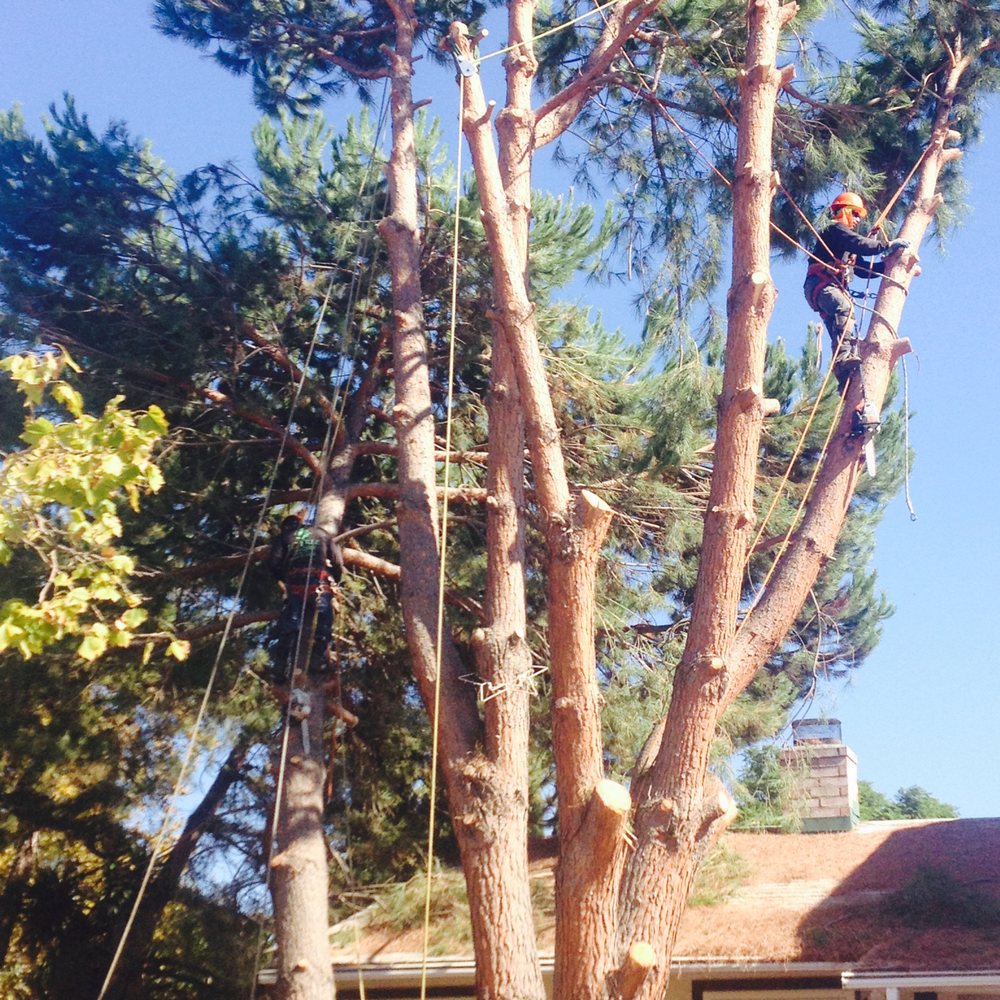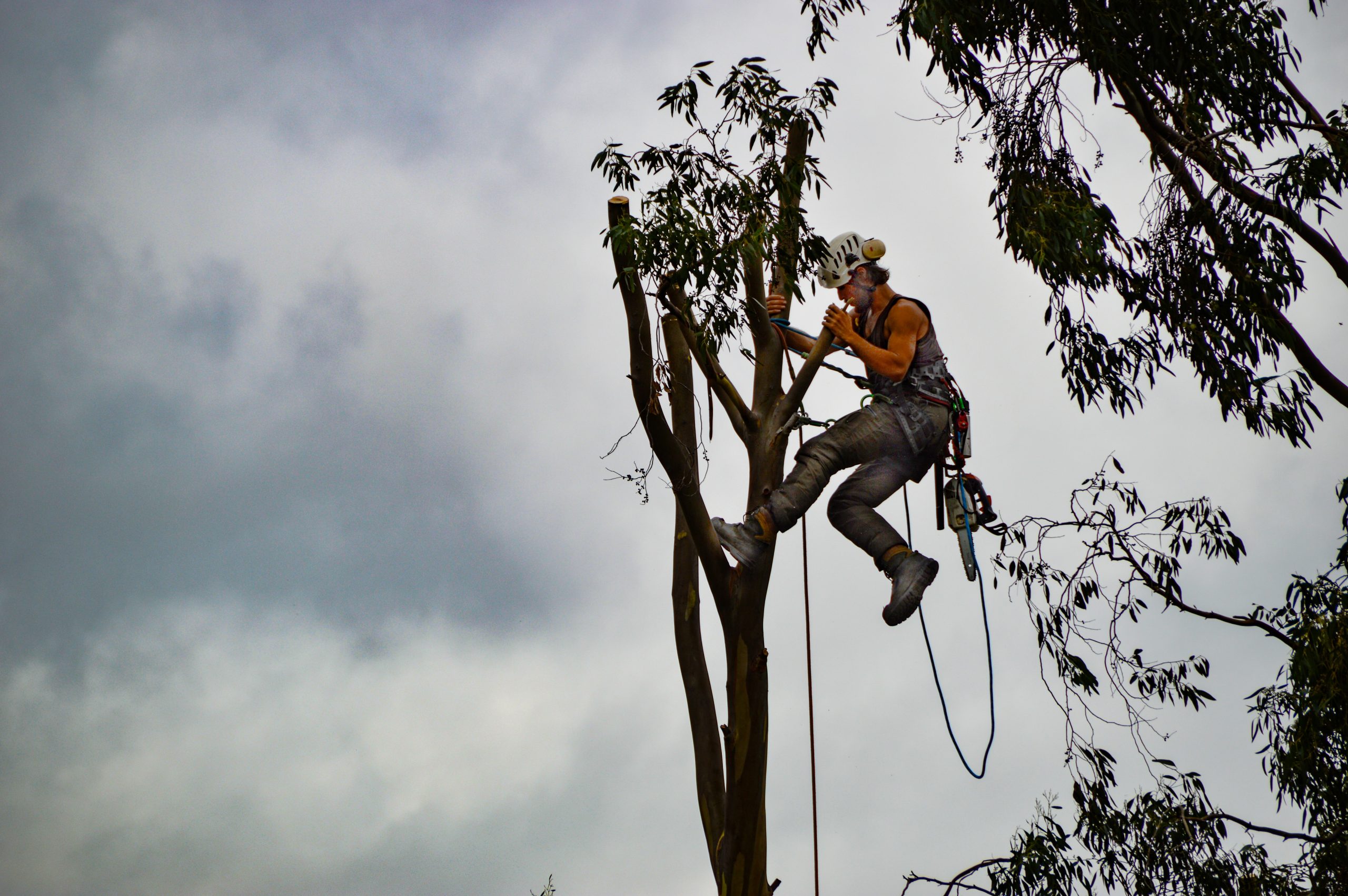Curious about optimizing your fruit tree yield? Understanding tree thinning is key. Discover how this simple practice can transform your harvest from mediocre to magnificent. Uncover the secrets of when, why, and how to thin fruit trees for optimal growth and abundant produce. Say goodbye to overcrowded branches and hello to healthier, more robust fruits. Learn the dos and don’ts of tree thinning to ensure your orchard thrives season after season. Ready to take your fruit-growing game to the next level? Dive into everything you need to know about tree thinning for fruit trees.
Benefits of Tree Thinning
Improve Fruit Quality
Thinning enhances the remaining fruits by boosting their size and flavor, resulting in higher quality produce. By removing excess fruit, nutrients can better distribute to the remaining fruits, improving their taste. Optimal spacing due to thinning allows sunlight to penetrate effectively, aiding in fruit development.
Enhance Tree Health
Thinning promotes a stronger tree structure by reducing stress caused by an excessive fruit load. It encourages root development as resources are allocated more efficiently. Prevent limb breakage from heavy fruit clusters, thus supporting the overall vitality of the tree.
Increase Overall Yield
Balancing the number of fruits through thinning helps maximize production without overburdening the tree. By maintaining tree health through thinning, better fruit set in future seasons is fostered. The process allows trees to focus energy on producing quality fruit rather than quantity.
Importance of Thinning
Prevent Overcrowding
Identify and remove overcrowded clusters to prevent competition for nutrients. Maintain proper spacing between fruits to ensure adequate growth space. Avoid fruit drop due to overcrowding by managing fruit density early in the season.
Promote Air Circulation
Thin fruit to improve airflow around branches and leaves. Reduce humidity levels within the canopy, which can lead to fungal issues. Enhance light penetration to lower branches, promoting even ripening.
Reduce Disease Risk
Minimize the risk of disease by preventing moisture buildup in dense fruit clusters. Thinning helps reduce the spread of pests that thrive in crowded conditions. Encourage healthy foliage by allowing better access to sunlight and air.
When to Thin Fruit Trees
Optimal Timing
Thinning fruit trees is crucial when fruit reaches approximately 3/4 inch in diameter. This stage ensures optimal results.
- Schedule thinning activities between early April to mid-May depending on the fruit type.
- Monitor weather conditions diligently to avoid thinning during adverse weather events.
Seasonal Considerations
Adjust thinning practices according to the specific growing season of each fruit type for best outcomes.
- Take into account regional climate variations that may influence fruit development timing.
- Be cautious of late frosts that could disrupt the timing of thinning efforts.
Signs It Is Needed
Recognizing the need for thinning is essential. Look out for:
- Excessive fruit set or clusters that seem too dense on branches.
- Signs of stress in the tree, like drooping limbs or small, underdeveloped fruit.
- Fruits competing for space and resources indicate the necessity for thinning.
How to Thin Fruit Trees
Basic Techniques
Hand thinning methods offer precision and accuracy in fruit removal. Use clippers or fingernails for careful removal of unwanted fruit. For large trees with limited hand access, consider pole thinning techniques.
Amount to Remove
Determine the ideal number of fruits to leave based on tree species and health. To ensure proper spacing, aim for fruits to be 6 to 8 inches apart. Assess the overall crop load to make decisions on thinning more or less fruit.
Tools and Equipment
Gather essential tools like clippers, scissors, or specialized thinning tools for effective thinning. Ensure all tools are sharp and clean to avoid damaging the tree. Consider using a ladder or pole for safe access to higher branches.
Thinning Apples and Pears
Specific Methods
Applying twisting techniques is ideal for stone fruits like peaches and nectarines, promoting better growth. Use clippers to thin apples and pears, ensuring only one fruit per cluster for optimal development. It’s crucial to adapt thinning methods based on the specific fruit tree variety being managed.
Best Practices
Follow a consistent thinning schedule to maintain tree health year after year, enhancing overall fruit quality. Monitoring the tree’s response to thinning is essential; adjusting techniques as needed ensures optimal results. Educating yourself on the specific needs of different fruit tree varieties helps in effective management.
Common Mistakes
Avoid thinning too late in the season, as it can stress the tree and impact next year’s yield. Removing excessive fruit at once can harm tree health and reduce future productivity. Refrain from using improper tools during thinning, which can cause damage to the tree and affect its growth.
Thinning Stone Fruits
Techniques for Peaches
Peach trees should be thinned to 5 to 7 inches apart along the branch to promote optimal growth. To minimize branch damage, twist young fruit off instead of pulling it. Effective thinning of peach trees should primarily target one-year-old branches.
Methods for Nectarines
Similar to peaches, nectarines should be spaced 5 to 7 inches apart for ideal growth. Use gentle twisting to remove excess fruit without harming the tree. It’s crucial to closely monitor the tree’s health post-thinning to ensure proper recovery and continued growth.
Tips for Plums
For healthy development, plums should be thinned to about 4 to 6 inches apart. When deciding how many plums to leave, take into account the overall crop load. For precise thinning, especially in dense clusters, clippers can be used effectively.
Thinning Dwarf Fruit Trees
Unique Considerations
Fruit trees, including dwarf fruit trees, demand specific thinning methods tailored to their varieties. Deciduous fruit trees like apples and pears require different thinning approaches compared to stone fruits. When thinning, consider the tree’s age and health to ensure optimal growth and fruit production. Environmental factors such as soil quality also play a crucial role in determining the thinning regimen.
Best Approaches
For efficient thinning of larger fruit trees, a combination of hand and pole thinning methods is recommended. Regularly monitoring the tree’s health allows for timely adjustments in thinning practices. Keeping detailed records of thinning activities helps in evaluating the effectiveness of different techniques and refining them for future use.
Common Challenges
Thinning larger dwarf fruit trees poses physical challenges due to their size. It is essential to have proper tools and techniques to manage this task effectively. Pest infestations can be a common issue following thinning activities, requiring proactive measures to address them promptly. Weather conditions can also impact the timing of thinning operations, necessitating flexibility in scheduling.
Common Questions and Concerns
Impact on Tree Growth
Thinning fruit trees plays a crucial role in improving tree vigor and growth by allowing better light penetration. This process helps in optimizing photosynthesis, leading to healthier trees. By balancing the fruit load, you can promote a more robust tree structure that can withstand environmental stresses.
Proper thinning results in enhanced post-thinning growth patterns, which are essential for evaluating the effectiveness of the process. Observing new shoot development and overall tree vitality can provide insights into the success of your thinning efforts.
Addressing Over-Thinning
Identifying signs of over-thinning, such as reduced fruit set in subsequent years, is vital to maintaining tree productivity. Adjusting thinning techniques based on the tree’s response is necessary to prevent negative impacts on future harvests. It’s crucial to find the right balance between fruit quality and quantity to ensure sustainable tree health.
In cases of over-thinning, it’s important to reassess your approach and make necessary changes to prevent long-term repercussions on tree health. By carefully monitoring the effects of thinning practices, you can make informed decisions to maintain a healthy fruit production system.
Long-Term Effects
Evaluating the long-term benefits of thinning on fruit quality and yield is essential for sustainable orchard management. Thinning not only improves current season yields but also has a lasting impact on future harvests. Consider the cumulative effects of thinning on tree health over multiple growing seasons to ensure consistent productivity.
Planning for sustainable thinning practices involves understanding how they contribute to ongoing tree health and productivity. By implementing effective thinning strategies, you can support the long-term sustainability of your orchard while maximizing fruit quality and yield.
Summary
In summary, understanding the significance of tree thinning for fruit trees is crucial for ensuring a bountiful harvest and healthy tree growth. By recognizing the benefits of thinning, knowing when and how to thin fruit trees, and addressing common concerns, you can optimize the productivity of your orchard. Whether you are tending to apple, pear, stone fruit, or dwarf fruit trees, the techniques shared in this guide can help you achieve the best results.
Take charge of your fruit tree maintenance by implementing the tips and guidelines provided here. Your trees will thank you with improved health, increased fruit quality, and better yields. Don’t hesitate to put this knowledge into practice and watch your orchard flourish. Happy thinning!
Frequently Asked Questions
1. When is the best time to thin fruit trees?
The ideal time to thin fruit trees is typically in the spring, after the natural fruit drop. This is usually around May or June, depending on your location and the specific type of fruit tree.
2. How does tree thinning benefit fruit trees?
Thinning fruit trees helps improve fruit size, quality, and overall health of the tree by allowing better air circulation and sunlight penetration. It also reduces the risk of branches breaking due to heavy fruit loads.
3. Is it necessary to thin dwarf fruit trees?
Yes, it is crucial to thin dwarf fruit trees as they are more prone to overbearing due to their smaller size. Thinning helps prevent branches from bending or breaking under the weight of excess fruit, ensuring a healthier tree and better harvest.
4. Can I use the same method to thin different types of fruit trees?
While the basic concept of thinning remains similar across different types of fruit trees, there may be slight variations in techniques for specific varieties. It’s essential to understand the characteristics of each type of tree before thinning to ensure optimal results.
5. What are some common concerns about tree thinning for fruit trees?
Common concerns include the fear of removing too many fruits, potential damage to the tree during thinning, and uncertainty about the correct timing and technique. Proper research, following guidelines, and seeking advice from experts can address these concerns effectively.
Ensure Safety with JC Tree Service’s Expert Tree Thinning Services
Maintaining the health and safety of your trees is essential, and JC Tree Service is here to provide expert tree thinning services for your home or business. Whether you’re looking to reduce the risk of storm damage, improve tree health, or enhance the overall aesthetics of your landscape, our skilled team is equipped to handle all your tree thinning needs in Brentwood, Antioch, and surrounding areas.
Understanding the importance of proper tree maintenance, we focus on delivering superior tree care tailored to your specific requirements. Our tree thinning services are crucial not only for promoting the health of your trees but also for ensuring the safety of your property and loved ones. By selectively removing branches, we reduce the risk of potential hazards, improve air circulation, and allow more sunlight to reach the inner canopy. With JC Tree Service, you can trust that your trees will be expertly thinned, ensuring they remain strong, healthy, and safe.
Don’t let overgrown trees threaten your property’s safety or curb appeal. Contact JC Tree Service today to learn how our professional tree thinning services can enhance the health and beauty of your landscape. We offer a free, no-obligation quote to help you get started. Experience the difference that expert tree care can make!
Disclaimer
The materials available on this website are for informational and entertainment purposes only and not to provide legal or professional advice. You should contact your attorney or home improvement specialist to obtain advice concerning any particular issue or problem. You should not act or refrain from acting based on any content included in this site without seeking legal or other professional advice. The information presented on this website may not reflect the most current home improvement developments. No action should be taken in reliance on the information on this website. We disclaim all liability concerning actions taken or not taken based on any or all of the contents of this site to the fullest extent permitted by law.










